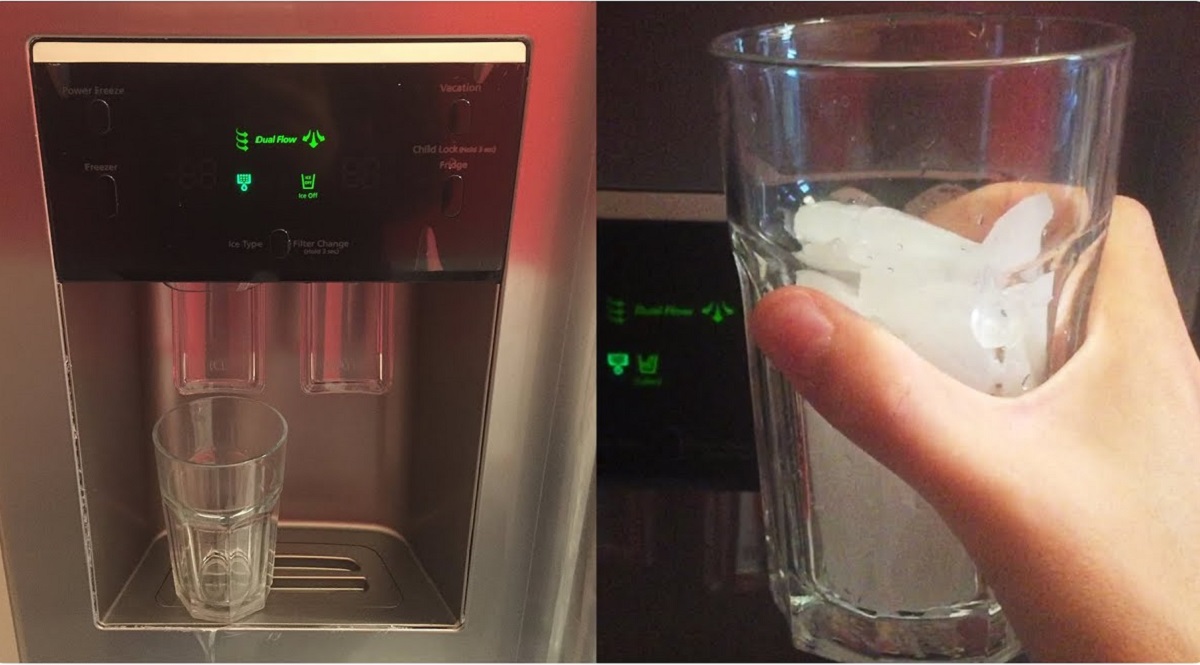

Articles
Why Is My Samsung Ice Maker Not Dropping Ice
Modified: May 6, 2024
Discover articles on why your Samsung ice maker is not dropping ice and learn how to troubleshoot and fix the issue. Get expert advice and tips now.
(Many of the links in this article redirect to a specific reviewed product. Your purchase of these products through affiliate links helps to generate commission for Storables.com, at no extra cost. Learn more)
Introduction
Having an ice maker in your Samsung refrigerator can be a convenient and refreshing feature. However, it can be frustrating when you discover that your Samsung ice maker is not dropping ice as it should. This issue can disrupt your daily routine and leave you without a steady supply of ice for drinks or culinary needs.
There can be several reasons why your Samsung ice maker is not dropping ice, ranging from minor blockages to more complex mechanical failures. Understanding the common causes can help you identify and resolve the issue quickly, either by troubleshooting it yourself or seeking assistance from a professional technician.
In this article, we will explore some of the common reasons why your Samsung ice maker may not be dropping ice. By understanding these potential problems, you can take the necessary steps to rectify them and restore the functionality of your ice maker.
Key Takeaways:
- Troubleshoot common issues like clogged water inlet valves and frozen water lines to restore your Samsung ice maker’s functionality. Regular maintenance and professional assistance can help keep your ice maker running smoothly.
- Address faulty components, low water pressure, and incorrect settings to fix your Samsung ice maker. Don’t hesitate to seek expert help for complex issues and ensure your safety when performing maintenance.
Read more: Why Is My Ice Maker Not Dropping Ice
Common Reasons for Samsung Ice Maker Not Dropping Ice
When your Samsung ice maker fails to dispense ice, there are several common issues that could be causing the problem. Let’s take a closer look at these potential causes:
-
Clogged Water Inlet Valve
A clogged water inlet valve is a frequent culprit for ice maker malfunctions. If the water inlet valve is blocked or defective, it may prevent water from entering the ice maker, resulting in a lack of ice production. Check if the valve is free from debris or sediment buildup, and if necessary, clean or replace it.
-
Faulty Ice Maker Assembly
A faulty ice maker assembly can also cause no ice to drop. Over time, the mechanical components of the ice maker can wear out or become damaged, affecting its ability to dispense ice. In such cases, you may need to replace the entire ice maker assembly to restore proper functionality.
-
Frozen Water Line
A frozen water line can obstruct water flow to the ice maker, resulting in a lack of ice production. Check if the water line leading to the ice maker is frozen. If it is, thawing the line can help restore proper water flow and resolve the issue. Additionally, insulating the water line can help prevent future freezing.
-
Read more: Why Is My LG Ice Maker Not Dropping Ice
Malfunctioning Ice Maker Motor
If the ice maker motor is malfunctioning, it may not rotate the ice ejector arms properly, causing the ice cubes to stay stuck and not drop into the bin. A faulty motor may need to be replaced to resolve this issue and restore the ice maker’s functionality.
-
Low Water Pressure
Inadequate water pressure can hinder the ice maker’s ability to function properly. Check if the water pressure in your home meets the manufacturer’s recommendations. If the pressure is too low, you may need to adjust the water supply or contact a professional plumber to address the issue.
-
Defective Temperature Sensor
A defective temperature sensor can disrupt the ice-making process. The sensor monitors the temperature within the ice maker and ensures that it maintains the ideal conditions for ice production. If the temperature sensor is faulty, it can affect the ice maker’s operation and prevent ice from dropping.
-
Incorrect Settings or Controls
Sometimes, the issue could be as simple as incorrect settings or controls. Ensure that the ice maker is turned on and set to the appropriate settings. Depending on your Samsung refrigerator model, there may be specific instructions or adjustments required to ensure proper ice production and dispensing.
Identifying the specific cause of your ice maker’s malfunction can greatly assist in troubleshooting and resolving the issue effectively. If you are unsure about the problem or need assistance, it is recommended to consult the Samsung support center or seek help from a qualified technician.
Read more: Why Is My Samsung Ice Maker Not Making Ice
Clogged Water Inlet Valve
A clogged water inlet valve is a common reason why your Samsung ice maker may not be dropping ice. The water inlet valve supplies water to the ice maker, and if it becomes clogged with debris or sediment, it can prevent water from reaching the ice maker, leading to a lack of ice production.
To check if the water inlet valve is clogged, you can follow these steps:
- Locate the water inlet valve, which is typically located at the back of the refrigerator.
- Turn off the water supply to the refrigerator by closing the shut-off valve.
- Disconnect the water supply line from the valve, taking care to place a towel or bucket underneath to catch any excess water.
- Inspect the water inlet valve for any visible clogs, such as debris or calcification. You may need to use a flashlight to get a better view.
- If you notice any clogs, carefully clean the valve using a soft cloth or brush. Be cautious not to damage the valve or any of its components.
- After cleaning, reconnect the water supply line and turn on the water valve.
- Check if the ice maker starts producing ice and if the ice drops into the bin as expected.
If cleaning the water inlet valve does not resolve the issue, it is possible that the valve itself is defective and needs to be replaced. In such cases, it is recommended to seek professional assistance or contact the Samsung support center for further guidance.
Regular maintenance of your refrigerator, including cleaning the water inlet valve, can help prevent clogs and ensure the proper functioning of your ice maker. Additionally, using filtered water can help reduce the chances of sediment or debris build-up in the valve.
Remember, if you are unsure about performing any maintenance or repair tasks on your Samsung refrigerator, it is best to consult the user manual or seek help from a qualified technician. They will have the expertise and knowledge to diagnose and resolve any issues with your ice maker.
Faulty Ice Maker Assembly
If you find that your Samsung ice maker is not dropping ice, a faulty ice maker assembly could be to blame. Over time, the mechanical components of the ice maker can wear out or become damaged, affecting its ability to properly dispense ice cubes.
Here are a few signs that your ice maker assembly may be faulty:
- No ice is being produced or dropped into the ice bin.
- The ice maker is making unusual or loud noises.
- The ice cubes are not fully formed or are unusually small.
If you suspect a faulty ice maker assembly, you can try a few troubleshooting steps:
- Unplug the refrigerator from the power source to ensure your safety.
- Remove the ice bin or tray from the freezer compartment.
- Inspect the ice maker assembly for any visible signs of damage, such as broken parts or loose connections.
- If you notice any issues, gently tighten loose connections or replace any damaged components. It is important to refer to the user manual for specific instructions on how to disassemble and replace parts of the ice maker assembly for your Samsung refrigerator model.
- Reassemble the ice maker and reinsert the ice bin or tray.
- Plug the refrigerator back into the power source.
- Allow some time for the ice maker to cycle and check if ice is now being produced and dropped into the bin.
If troubleshooting does not resolve the issue, it may be necessary to replace the entire ice maker assembly. It is recommended to consult the Samsung support center or contact a professional technician for assistance with replacing the assembly.
Regular maintenance, such as keeping the ice maker clean and addressing any visible damage promptly, can help extend the lifespan of the ice maker assembly. Additionally, following the manufacturer’s recommendations for usage and care can help prevent unnecessary wear and tear on the components.
Remember, if you are unsure about performing any repairs or replacements on your Samsung refrigerator, it is best to seek help from a qualified technician who can accurately diagnose the issue and provide the appropriate solutions.
Frozen Water Line
If your Samsung ice maker is not dropping ice, a frozen water line could be the culprit. When the water line leading to the ice maker becomes frozen, it prevents water from flowing into the ice maker, resulting in a lack of ice production. Fortunately, addressing this issue is relatively simple, and you can try a few troubleshooting steps:
- Locate the water line that supplies water to the ice maker. This line is typically found at the back of the refrigerator.
- Inspect the water line for any visible signs of freezing, such as ice buildup or frost.
- If you notice ice or frost, unplug the refrigerator from the power source to ensure your safety.
- Aim to thaw the frozen water line by using a hairdryer on a low heat setting. Slowly move the hairdryer along the frozen portion of the water line to thaw the ice. Be careful not to overheat or damage the plastic or rubber components of the line.
- Alternatively, you can remove the water line from the ice maker and place it in a container of warm water to thaw it. Allow the water line to sit in the warm water until the ice has melted completely.
- Once the water line is thawed, reconnect it to the ice maker and plug the refrigerator back into the power source.
- Wait for the ice maker to cycle and check if ice is now being produced and dropped into the bin.
It is also a good idea to insulate the water line to prevent future freezing. You can use foam insulation or pipe sleeves specifically designed for this purpose. Insulating the water line helps maintain a consistent temperature and minimizes the risk of freezing.
Regularly checking the water line for any signs of freezing and addressing the issue promptly can help prevent further ice maker malfunctions. Additionally, keeping the freezer temperature within the recommended range can help prevent freezing of the water line.
If thawing the water line does not resolve the issue or if the line continues to freeze frequently, it is advisable to seek help from a professional technician or contact the Samsung support center for further assistance. They can provide guidance on troubleshooting and help determine if there are any underlying problems that need to be addressed.
Remember, it’s important to follow safety precautions and refer to the user manual for specific instructions on your Samsung refrigerator model when troubleshooting or performing any repairs.
Malfunctioning Ice Maker Motor
A malfunctioning ice maker motor can be another reason why your Samsung ice maker is not dropping ice. The motor is responsible for rotating the ice ejector arms, which push the ice cubes out of the mold and into the ice bin. If the motor is faulty or not working properly, it can prevent the ice cubes from being dispensed.
If you suspect a malfunctioning ice maker motor, you can try the following troubleshooting steps:
- Unplug the refrigerator from the power source for safety.
- Remove the ice bin or tray from the freezer compartment to access the ice maker assembly. Refer to the user manual for instructions specific to your Samsung refrigerator model.
- Inspect the ice maker motor for any visible signs of damage, such as burned-out wiring or worn-out components.
- If you notice any issues, it may be necessary to replace the ice maker motor to restore proper functionality. Contact the Samsung support center or consult a professional technician to obtain a compatible replacement motor.
- Install the new motor following the manufacturer’s instructions and reconnect any wiring or connectors as necessary.
- Reassemble the ice maker and reinsert the ice bin or tray into the freezer compartment.
- Plug the refrigerator back into the power source and allow some time for the ice maker to cycle.
- Check if ice is now being produced and dropped into the bin as expected.
It’s important to note that replacing the ice maker motor requires technical knowledge and skills. If you are not confident in performing this task yourself, it is recommended to seek assistance from a qualified technician who can properly diagnose and repair the issue.
Regular maintenance, such as keeping the ice maker clean and addressing any motor issues promptly, can help prolong the lifespan of the ice maker motor. Additionally, following the manufacturer’s guidelines for usage and care can help prevent unnecessary wear and tear on the motor.
If troubleshooting and motor replacement do not resolve the problem, it is advisable to contact the Samsung support center or a professional technician for further assistance. They will be able to accurately diagnose the issue and provide the necessary solutions.
Always prioritize your safety when dealing with any electrical components. Ensure that the refrigerator is unplugged before attempting any repairs or maintenance.
Low Water Pressure
Low water pressure can be a contributing factor when your Samsung ice maker is not dropping ice. Insufficient water pressure can hinder the ice maker’s ability to receive an adequate amount of water to produce ice cubes. Here are a few steps to troubleshoot and address low water pressure:
- Check the water supply line connected to your refrigerator. Ensure that the shut-off valve is fully open to allow maximum water flow.
- Inspect the supply line for any kinks, bends, or blockages. Straighten any kinks or clear any blockages that might impede water flow.
- Verify the water pressure in your home. Low water pressure throughout your house can affect the water supply to the refrigerator. Contact a professional plumber to assess and potentially increase the water pressure.
- Check the water filter in your refrigerator, if applicable. A clogged or dirty water filter can restrict water flow. Follow the manufacturer’s guidelines to replace or clean the water filter regularly.
- If you have a reverse osmosis filtration system, check its water pressure. Some refrigerators with ice makers require a minimum water pressure to function correctly. Ensure that the reverse osmosis system is providing adequate pressure for the refrigerator’s water supply.
If you have followed these steps and are still experiencing low water pressure, it is best to consult with a professional plumber or contact the Samsung support center for further assistance. They can provide guidance specific to your situation and help diagnose any underlying issues contributing to the low water pressure.
Regular maintenance and care of your refrigerator, including checking and maintaining water pressure, can help ensure optimal ice maker performance. It is recommended to follow the manufacturer’s guidelines for usage and care, as well as replacing or servicing any necessary components at the recommended intervals.
Remember, in cases of low water pressure, it may be necessary to seek professional help to address any underlying plumbing or water supply issues outside of the refrigerator.
Defective Temperature Sensor
A defective temperature sensor can contribute to your Samsung ice maker not dropping ice. The temperature sensor plays a crucial role in monitoring and maintaining the ideal conditions for ice production. If the sensor is faulty or malfunctioning, it can disrupt the ice-making process and prevent ice cubes from being dropped into the bin.
To address a potential defective temperature sensor issue, you can try the following steps:
- Locate the temperature sensor inside your refrigerator. It is typically located near the ice maker or in the freezer compartment.
- Inspect the sensor for any visible damage, such as broken wires or loose connections.
- If you notice any issues, carefully tighten loose connections or replace the sensor if necessary. Consult the user manual for your Samsung refrigerator model or contact the Samsung support center for guidance on replacing the temperature sensor.
- After replacing or fixing the temperature sensor, wait for the refrigerator to stabilize and reach the desired temperature.
- Check if the ice maker starts producing ice and if the ice cubes are now being dropped into the bin as expected.
It is important to note that replacing or repairing a temperature sensor may require technical expertise. If you are uncertain about performing the task yourself, it is advisable to seek help from a qualified technician or contact the Samsung support center for assistance.
Regular maintenance, such as keeping the temperature sensor clean and checking for any signs of damage, can help prevent sensor malfunctions. Additionally, maintaining the recommended temperature settings in your refrigerator can contribute to proper ice maker performance.
If troubleshooting the temperature sensor does not resolve the issue, it is recommended to consult a professional technician who can accurately diagnose and address any underlying problems with the ice maker or refrigerator system.
Remember, electricity is involved when working with temperature sensors and other electrical components, so always prioritize your safety by unplugging the refrigerator and following proper safety measures when performing any repairs or maintenance.
Incorrect Settings or Controls
Sometimes, the reason why your Samsung ice maker is not dropping ice can be as simple as incorrect settings or controls. It’s important to ensure that the ice maker is turned on and set to the appropriate settings to enable ice production and dispensing.
Here are a few steps to check and adjust the settings or controls:
- Locate the control panel or settings on your Samsung refrigerator. The location and options may vary depending on the model.
- Ensure that the ice maker is turned on. If there is an on/off switch or button specifically for the ice maker, make sure it is in the “on” position.
- Check the temperature settings in the freezer compartment. The freezer should be set to a temperature that allows for proper ice production, typically around 0°F (-18°C).
- Refer to the user manual for your specific refrigerator model to understand any additional settings or controls related to the ice maker’s operation.
- Make any necessary adjustments to the settings or controls based on the recommendations provided in the user manual.
After adjusting the settings, allow some time for the ice maker to cycle and produce ice. Check if the ice cubes are now being dropped into the ice bin as expected.
If you are unsure about the specific settings or controls for your Samsung refrigerator model, it is recommended to consult the user manual or contact the Samsung support center for guidance. They can provide you with the appropriate instructions and ensure that you have set the settings correctly.
Regularly reviewing and adjusting the settings or controls of your refrigerator and ice maker can help avoid simple issues like incorrect configurations and enhance the overall performance of the ice maker.
If troubleshooting the settings or controls does not resolve the issue and your ice maker is still not dropping ice, it may be necessary to seek professional assistance from a qualified technician or contact the Samsung support center for further diagnostics and solutions.
Remember, always exercise caution when working with electrical components and follow the necessary safety measures, such as unplugging the refrigerator, to prevent any accidents or injuries.
Check if the ice maker is turned on and the water supply is connected. Also, ensure the freezer is set to the proper temperature for ice production. If the issue persists, consider contacting Samsung customer support for further assistance.
Conclusion
When your Samsung ice maker is not dropping ice, it can be a frustrating experience. However, by understanding the common reasons behind this issue, you can take appropriate steps to troubleshoot and resolve the problem.
We’ve explored several possible causes for a malfunctioning ice maker, including a clogged water inlet valve, faulty ice maker assembly, frozen water line, malfunctioning ice maker motor, low water pressure, defective temperature sensor, and incorrect settings or controls.
Addressing these issues often involves conducting simple troubleshooting steps, such as cleaning or replacing the water inlet valve, inspecting and repairing the ice maker assembly or motor, thawing the frozen water line, adjusting water pressure, replacing the temperature sensor, or checking and adjusting settings or controls.
Regular maintenance of your refrigerator, including cleaning, inspecting, and following manufacturer guidelines, can help prevent some of these issues and ensure optimal performance of your ice maker.
However, if you are unable to resolve the problem on your own or if you are uncomfortable performing repairs, it is recommended to reach out to a professional technician or contact the Samsung support center for assistance. These experts have the knowledge and expertise to diagnose specific issues and provide the appropriate solutions.
Remember, always prioritize safety when working with electrical components. Unplug the refrigerator before attempting any repairs or maintenance, and consult the user manual for your specific model to ensure you follow proper procedures.
By addressing the underlying causes and taking necessary steps, you can restore the functionality of your Samsung ice maker and enjoy a steady supply of ice for your drinks and culinary needs once again.
If your Samsung ice maker's troubles persist, consider exploring other related issues and maintenance tips. For those dealing with buildup, our article on why your ice maker might be frozen up offers insightful troubleshooting methods. If the problem seems more mechanical, learning how to repair an ice maker in a refrigerator could provide the skills needed to fix various components effectively. Regular upkeep is crucial too; our guide on how to clean a refrigerator ice maker ensures your appliance operates smoothly and efficiently.
Frequently Asked Questions about Why Is My Samsung Ice Maker Not Dropping Ice
Was this page helpful?
At Storables.com, we guarantee accurate and reliable information. Our content, validated by Expert Board Contributors, is crafted following stringent Editorial Policies. We're committed to providing you with well-researched, expert-backed insights for all your informational needs.
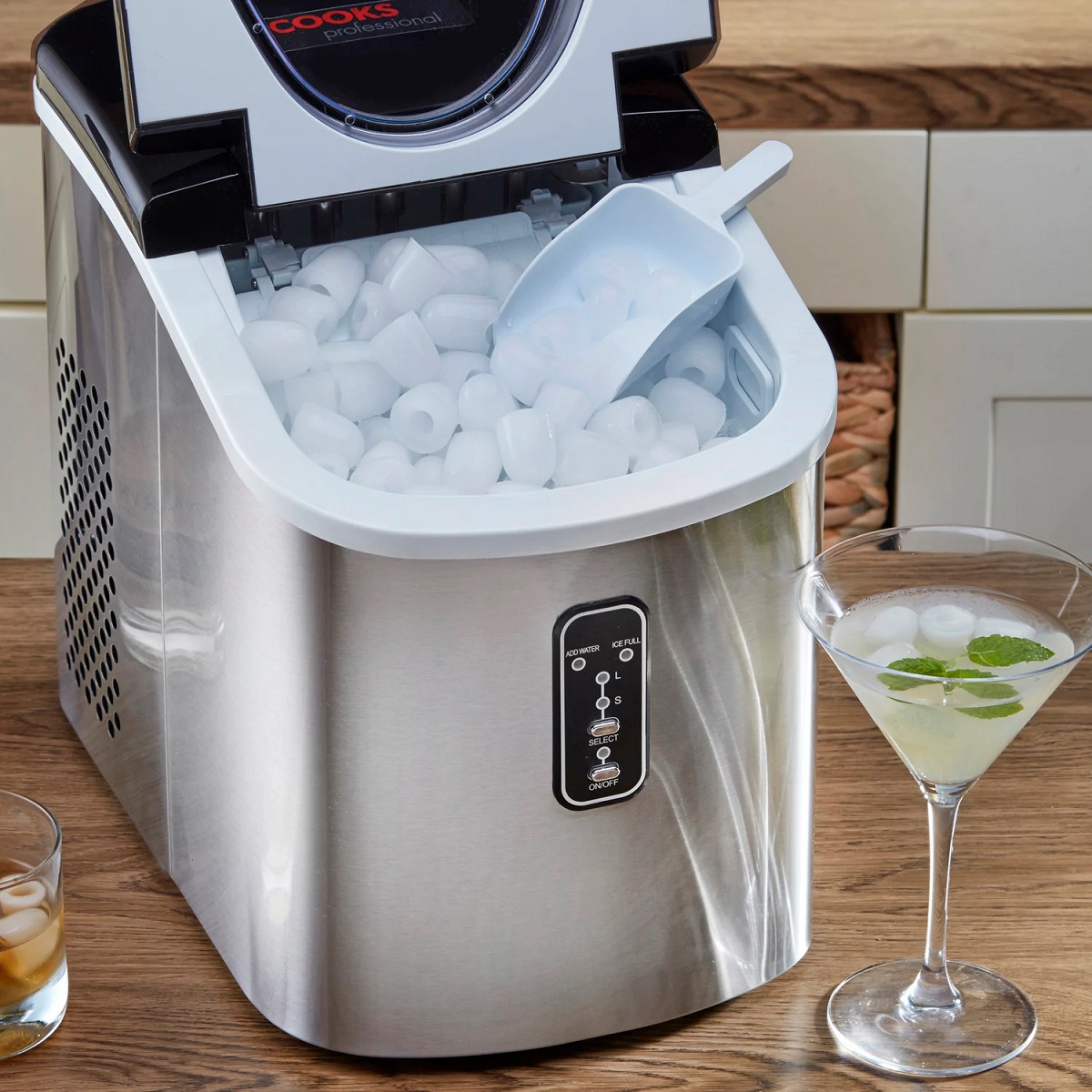
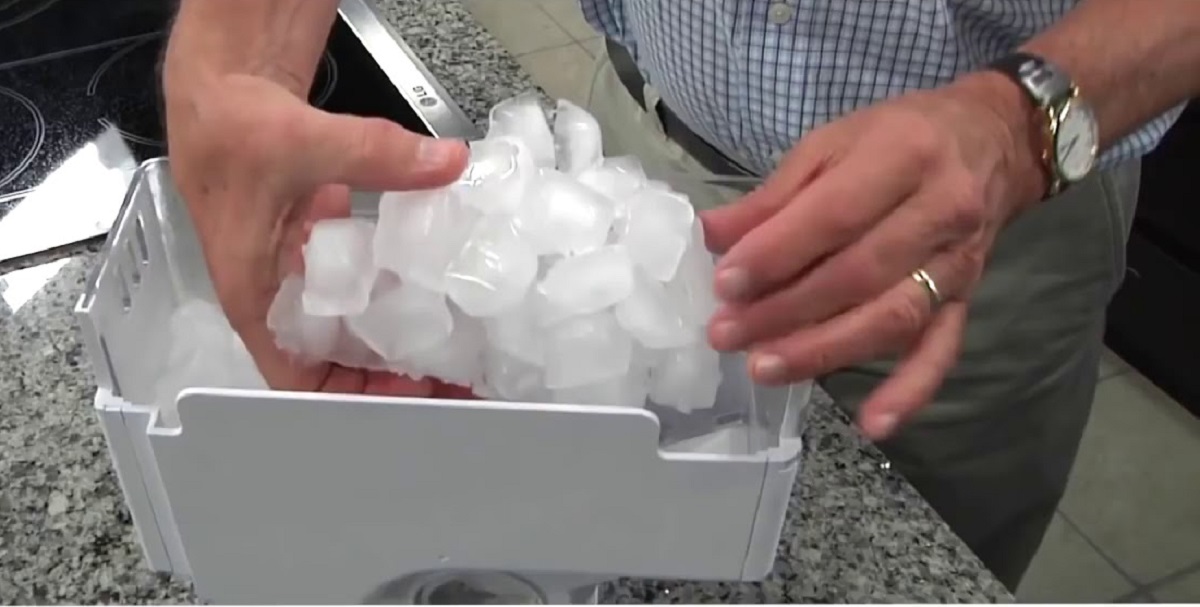
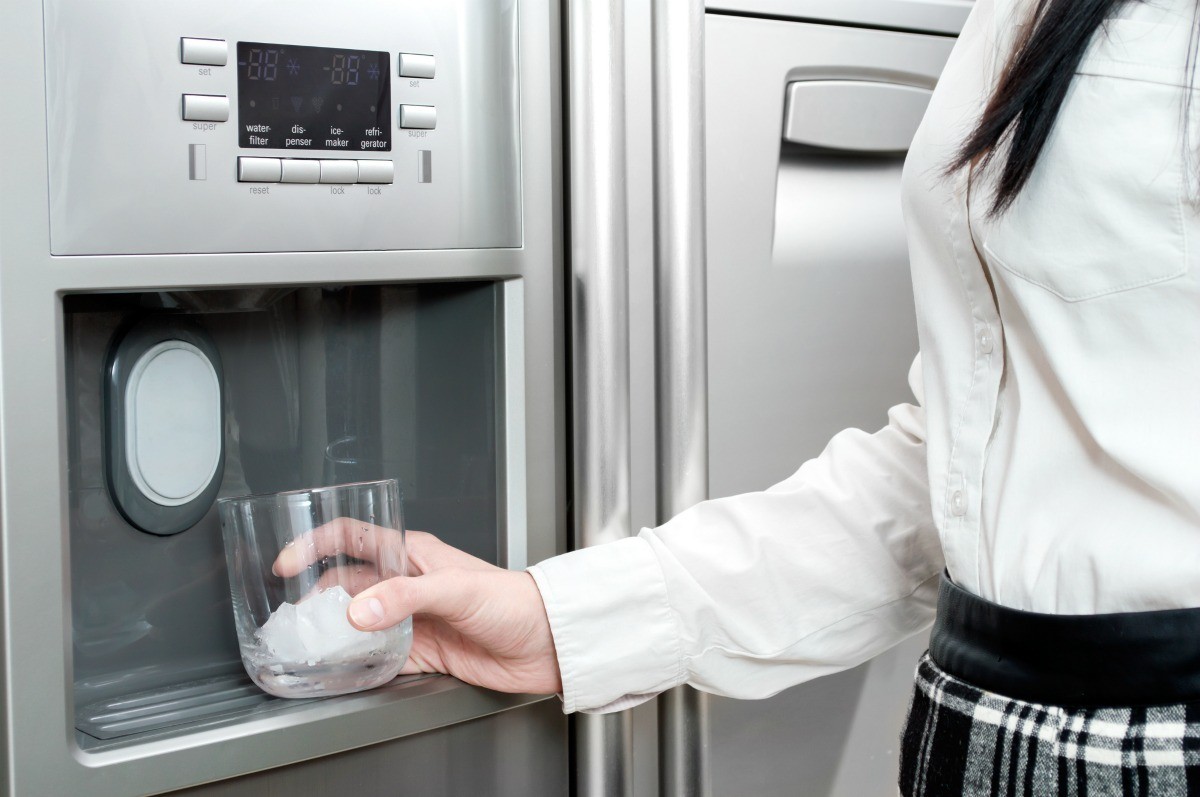
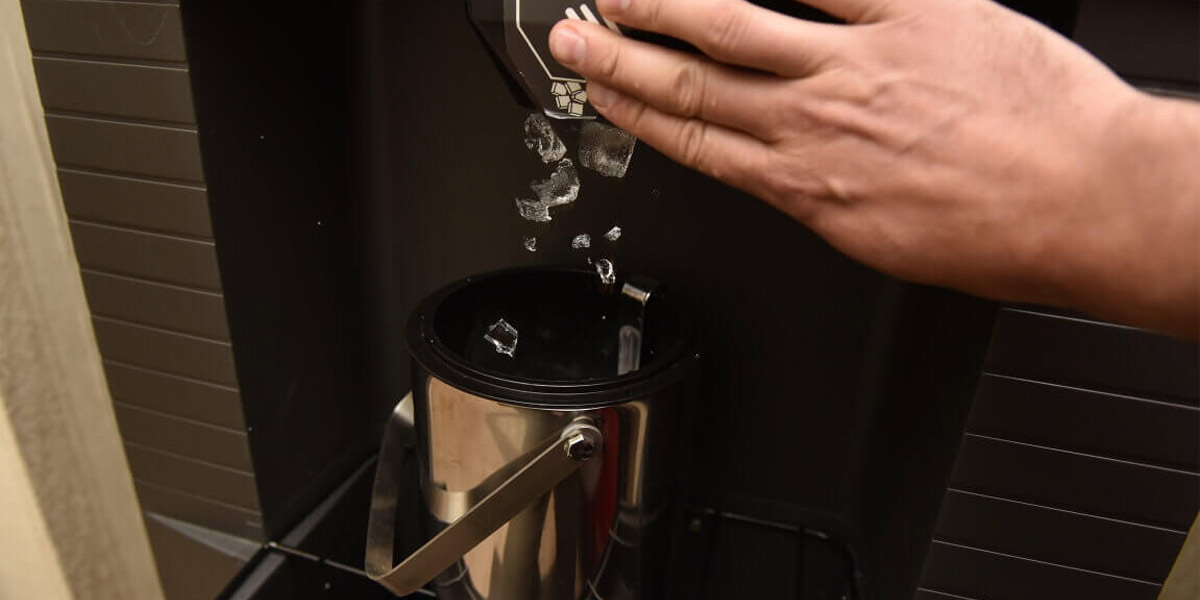
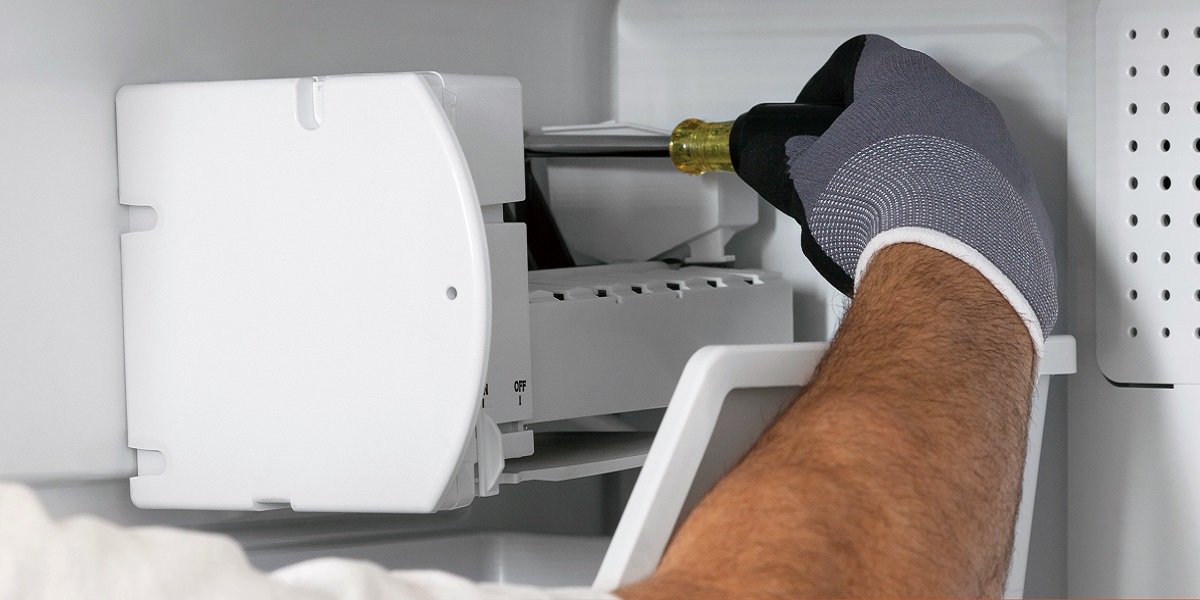
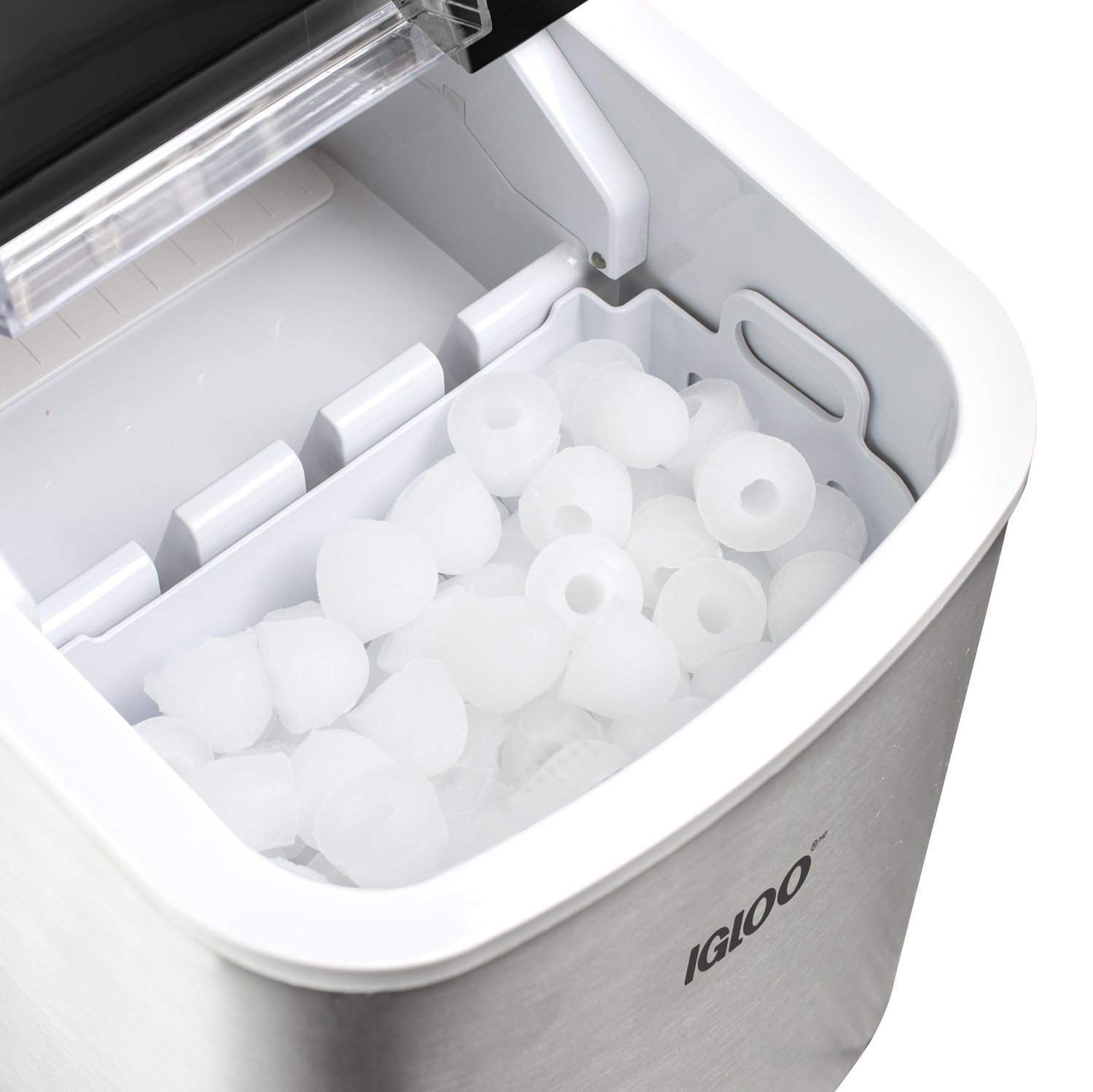
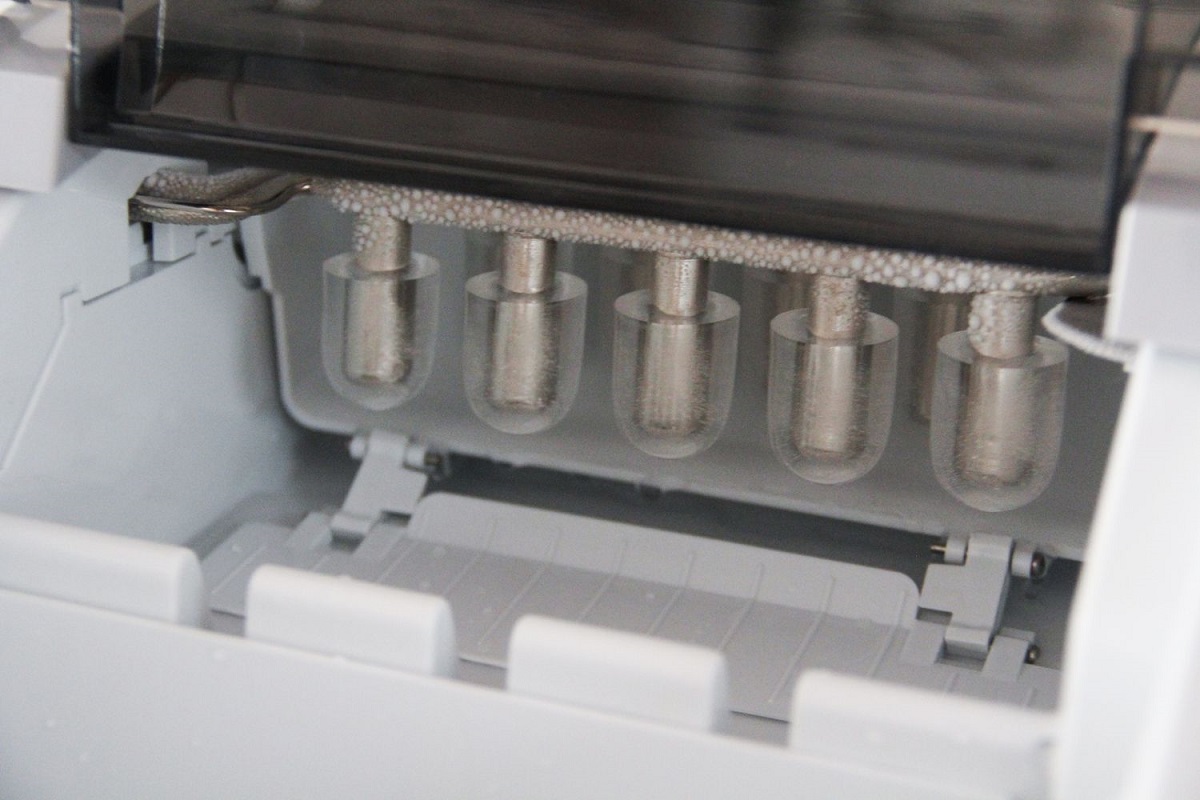
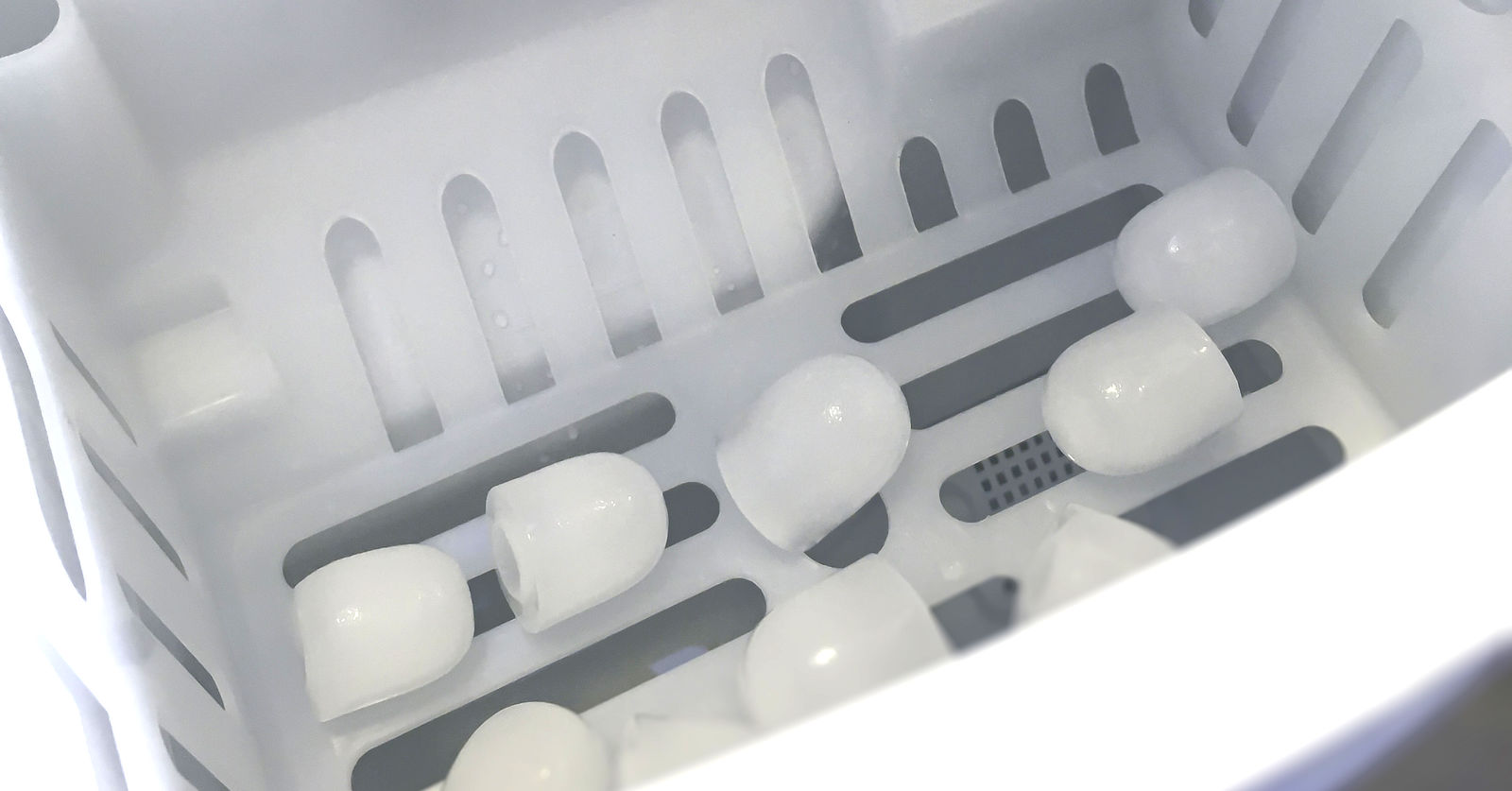
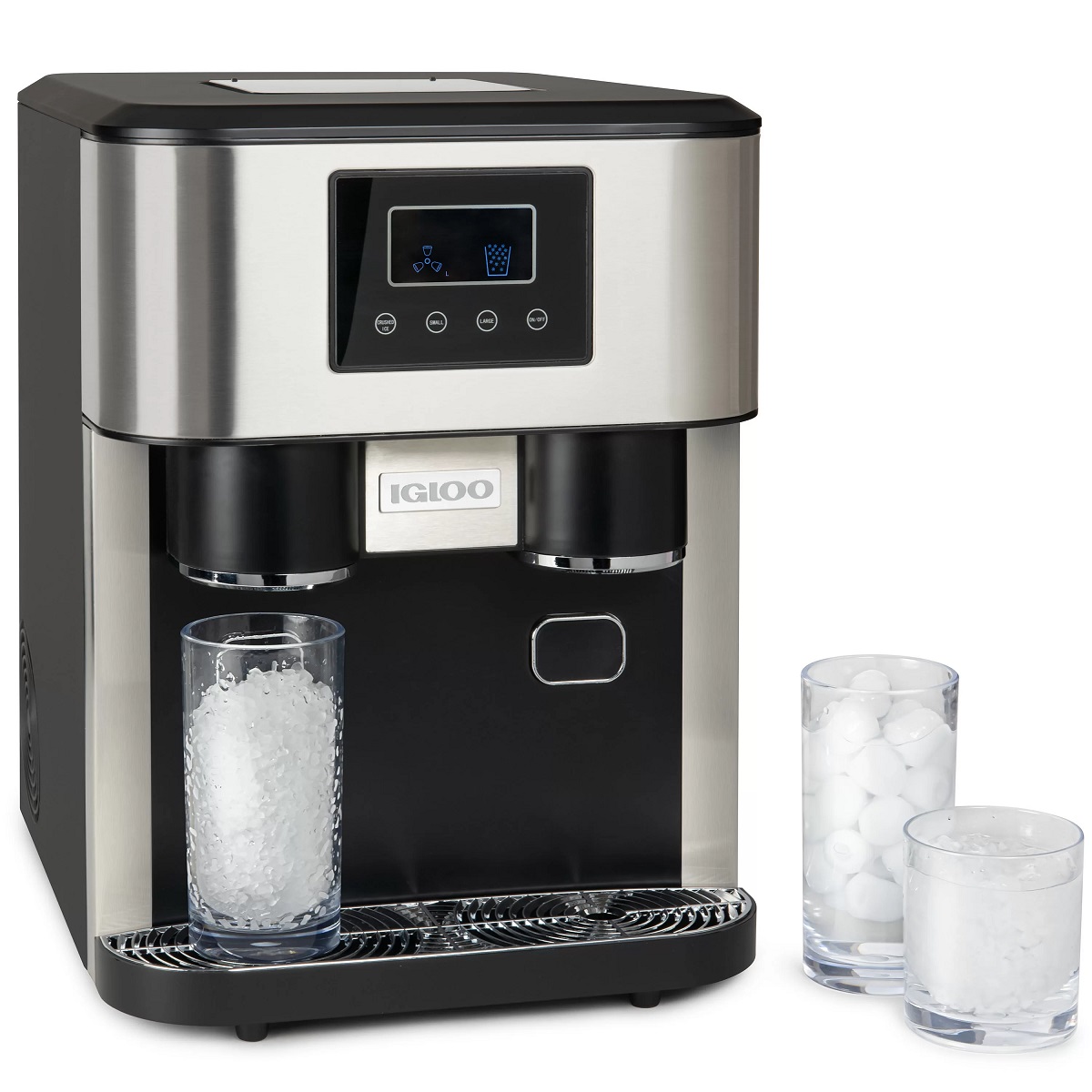
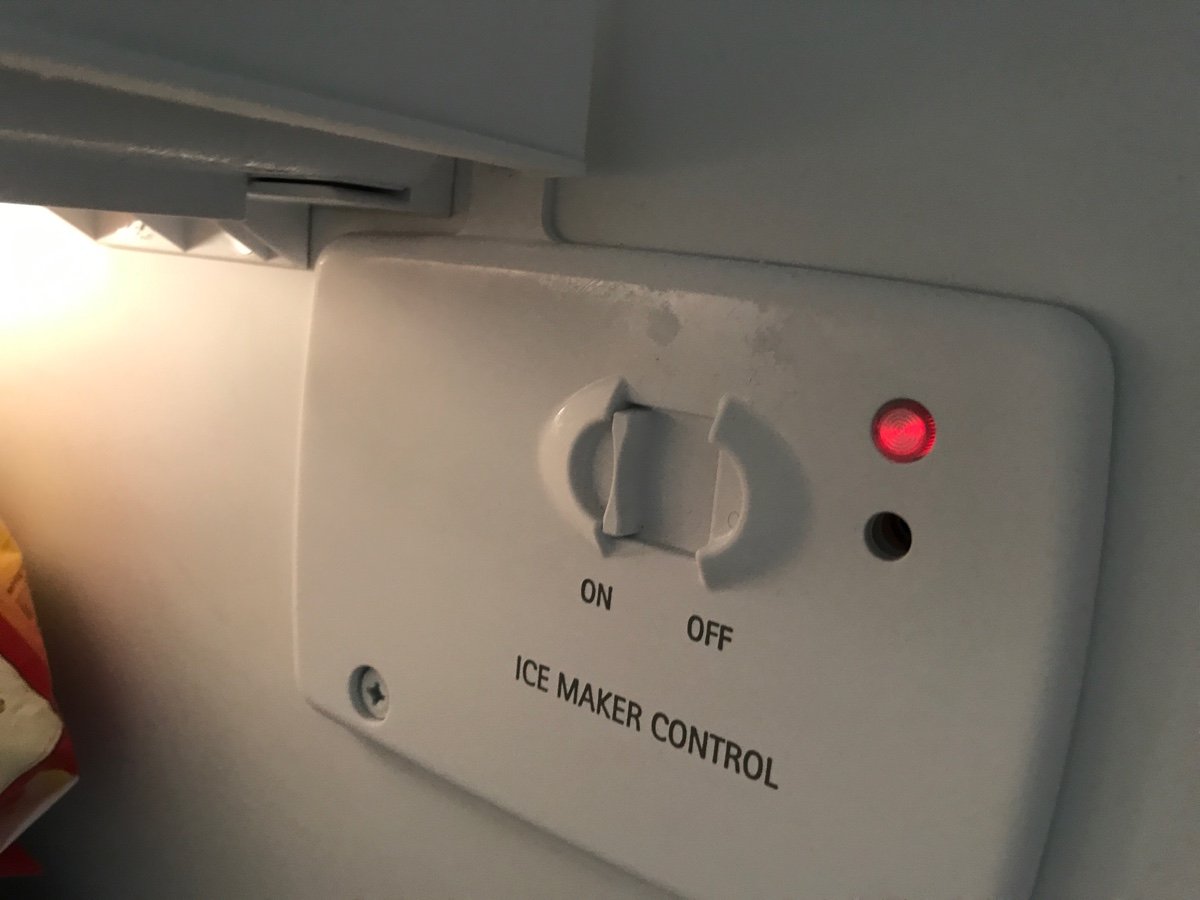
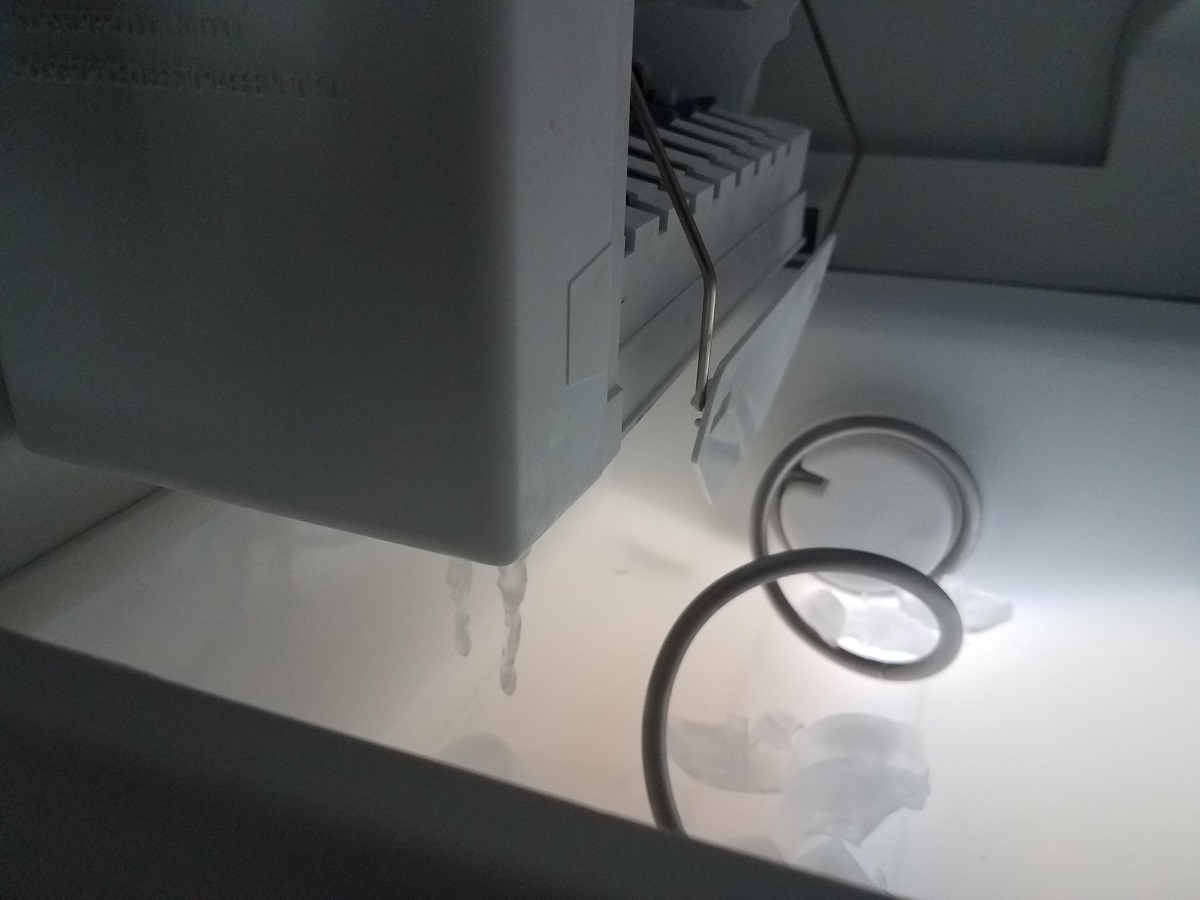
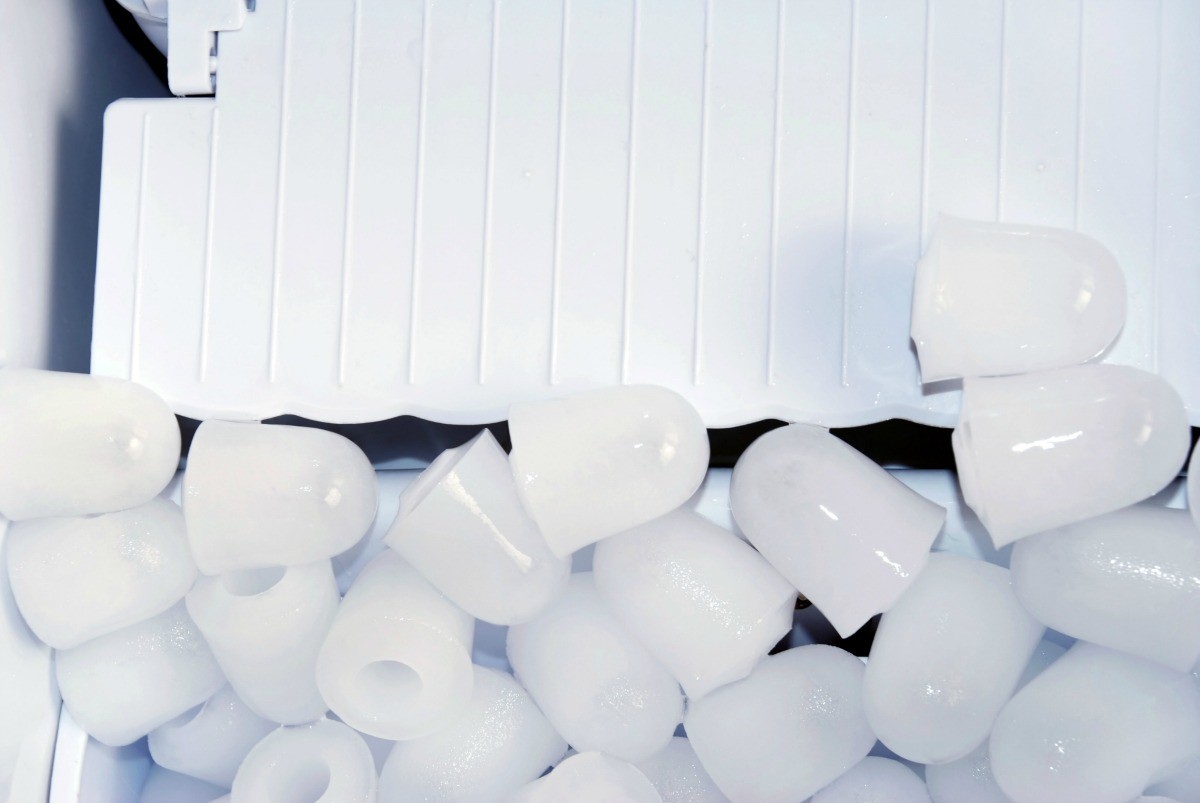

0 thoughts on “Why Is My Samsung Ice Maker Not Dropping Ice”